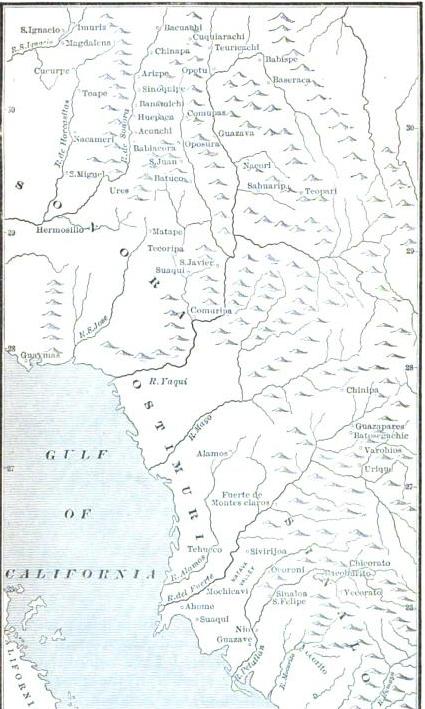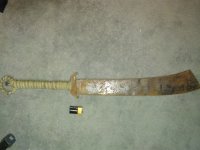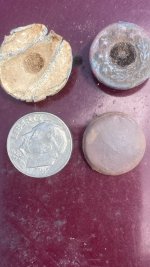Oroblanco
Gold Member
- Jan 21, 2005
- 7,838
- 9,830
- Detector(s) used
- Tesoro Lobo Supertraq, (95%) Garrett Scorpion (5%)
The story of Tayopa is largely legend today, some even go so far as to claim that it never existed. Confounding any research into this history (besides occurring so long ago) is the profusion of different spellings of the name. The name Tayopa has been applied to several different locations over the centuries.
According to the legend, Tayopa was first discovered in 1603. Here is a map of Sonora-Sinaloa in the seventeenth century;

More to follow.
Oroblanco
According to the legend, Tayopa was first discovered in 1603. Here is a map of Sonora-Sinaloa in the seventeenth century;
More to follow.

Oroblanco



 . I'll sit down this weekend with a map and go through your post again so I can have a clear reference in my head.
. I'll sit down this weekend with a map and go through your post again so I can have a clear reference in my head.


